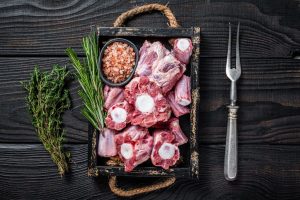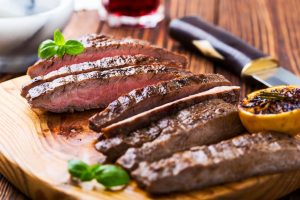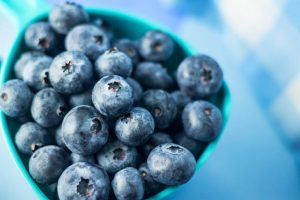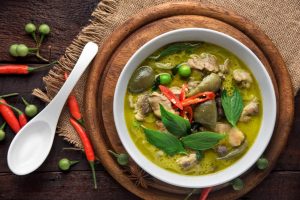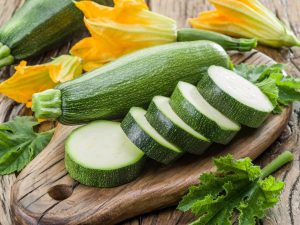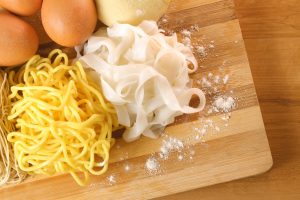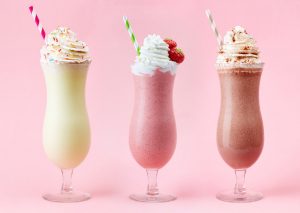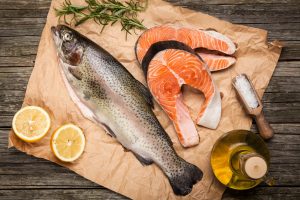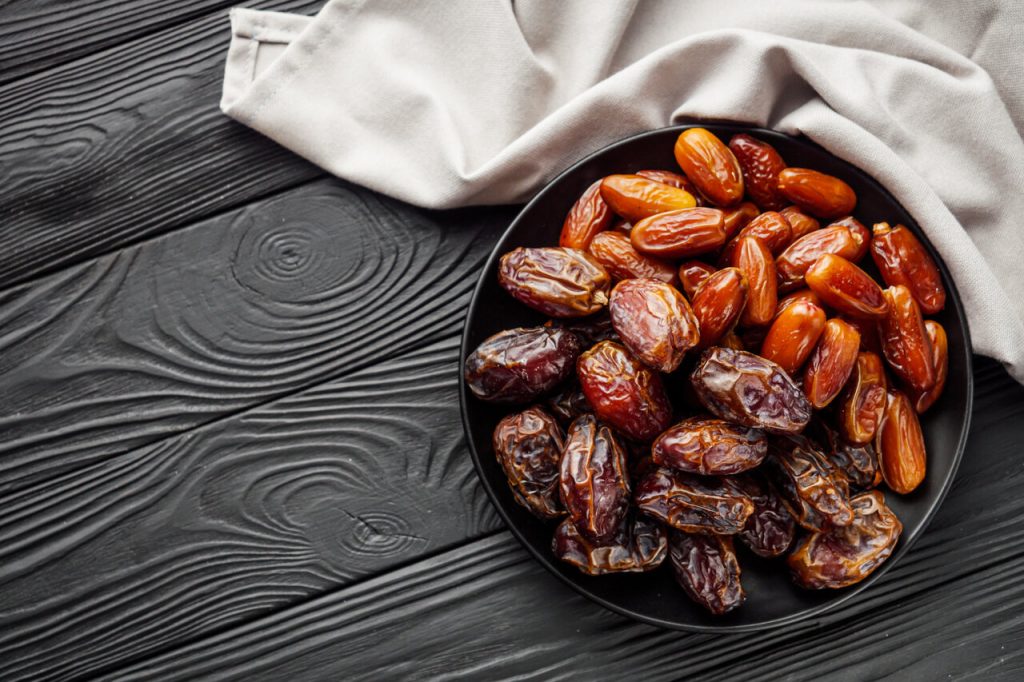
Dates vs prunes – do you know the differences between them? You’d find these tasty dried nuggets in a bag of mixed dried fruits and nuts, trail mix, or slow-cooked breakfast granola. Though they resemble one another, they have wide arrays of differences. Read on to find out what dates and prunes taste like, and their difference in color and texture to tell them apart!
Dates vs Prunes: What Are the Differences?
The differences between prunes and dates boil down to their taste, appearance, texture, and nutritional value.
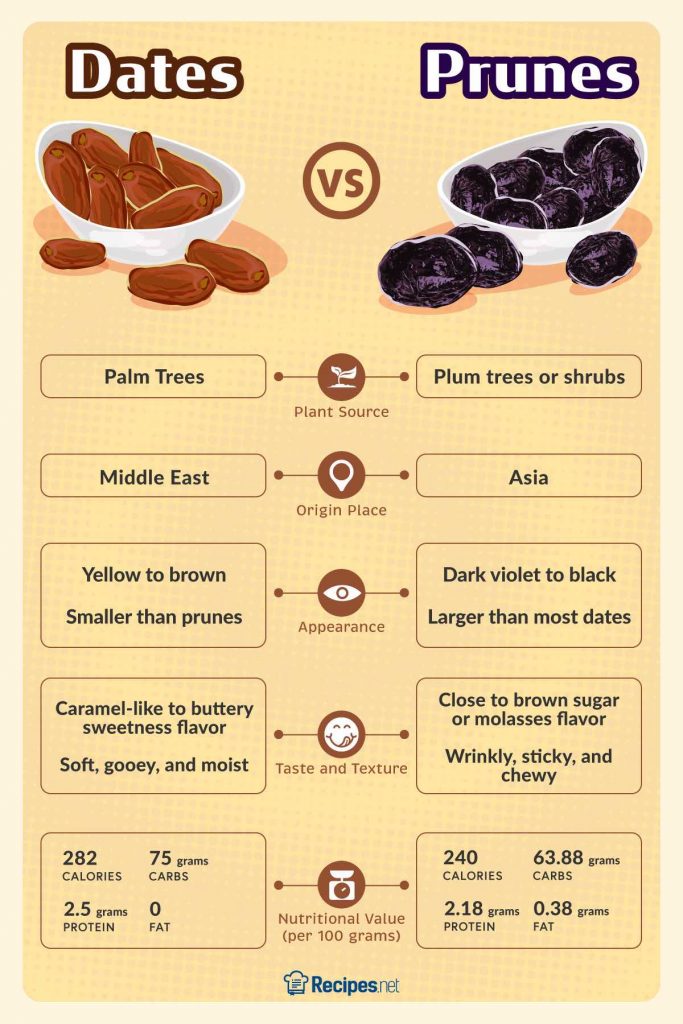
Dates Are Sweeter Than Prunes
Dates have a sweeter taste than prunes. Its flavor ranges from caramel-like to buttery sweetness. Prunes’ taste, on the other hand, has a subtle sugary (with a slight hint of acidity) flavor that can be compared to brown sugar or molasses.
Dates Are Smaller and Lighter-Colored Than Prunes
You can identify dates from prunes by their size and color. Dates are smaller than prunes with generally lighter colors (yellow to brown). Prunes have a wrinkly surface and very dark color that ranges from dark violet to black.
Dates Are Gooey but Prunes Are Chewy
Dates are soft, gooey, and moist, though some varieties of dates have flaky outer covering. When you bite or gently press them, they have a gummy-like texture.
On the other hand, prunes have a wrinkled, sticky outer appearance and are chewy. They are a little bit firm if you try to gently squish them using your fingers.
READ ALSO: Zucchini vs Cucumber: Differences Explained!
Both Are Healthy but Have Different Benefits
When it comes to the nutritional value of dates and prunes, we can say that both provide different sets of benefits. Every 100 grams of dates contain 282 calories, 75 grams of carbohydrates, and 2.5 grams of protein. Dates are also fat-free and have higher dietary fiber content. So, are dates healthy? Yes! You can safely add this fruit wonder to your diet. We recommend adding dates to your oatmeals and overnight oats in this list of sweet breakfast ideas to kickstart your day.
Prunes are also rather healthy. Every 100 grams of pitted prunes contain 240 calories and 63.88 grams of carbohydrates, a tad lower compared to dates. However, it is a little higher in terms of protein (2.18 grams) and fat (0.38 grams) content.
Do dates and prunes have a laxative effect?
Yes! These dried treats are a good source of fiber that helps maintain optimum intestinal health. However, one of the many benefits of prunes is its sorbitol content, which helps hydrate the colon (large intestine) and is considered a natural laxative.
What Are Dates?
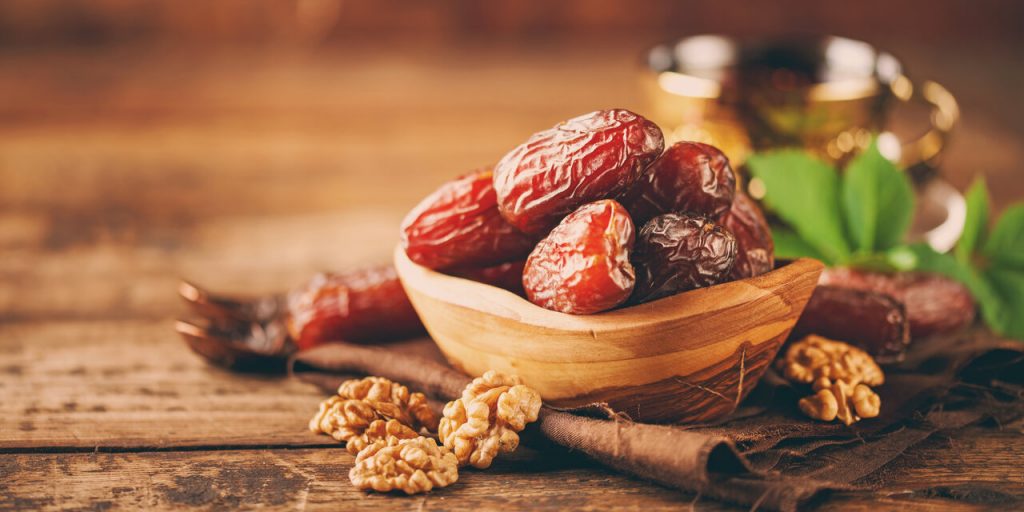
Is date a fruit? Yes! Native to the Middle East, dates are grape-like clusters of fruit that grow from date palm trees. Like peaches and mangoes, dates are considered stone fruits, as they have a single seed surrounded by their juicy flesh. Dates come in fresh and dried versions. Fresh dates have a natural sweetness that is suited for desserts and baked goods like spice date cookies. Dried dates are great to snack on but you can also cook them with this cauliflower with olives and dates recipe.
7 Types of Dates
- Medjool dates – Also known as “the fruit of kings”, Medjool dates are known for their caramel-like and nutty taste.
- Deglet Noor dates – Another royalty of dates, Deglet Noors are known as the “Queen of Dates”. It has a yellowish-amber color and a buttery, nutty taste.
- Mabroom dates – Mabroom bears a similar resemblance to Medjool and Deglet Noor dates, though less sweet. Its flavor profile is perfect for creating desserts like fondant-stuffed dates.
- Barhi – Barhi is the sweetest and creamiest of all dates. It’s sweet, buttery taste is similar to a mashup of coconut and butterscotch.
- Halawi – Halawi means “sweet” in Arabic, which explains why it tastes like a buttery pecan pie! You can easily identify it through its yellowish hue and slender shape.
- Mazafati – Mazafati is one of those dates that you can munch fresh from the tree. It has dark purple to black tones with soft and sweet flesh.
- Kadrawi – Kadrawi is known for its unique golden-red color, stout oval shape, gooey texture, and potent caramel flavor.
What Are Prunes?
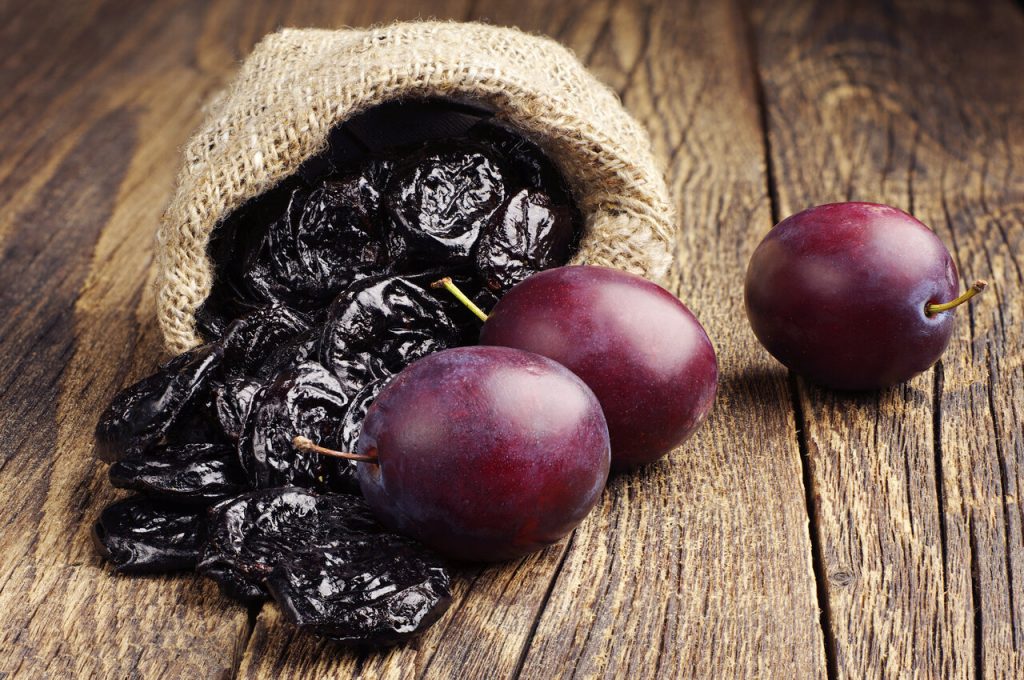
Prunes are basically dried plums. However, not all plums can be made into prunes, as there are only specific varieties that can be dried and made into prunes. So if you compare prunes vs. plums, they aren’t that different. Prunes are also known for their versatility. They work well in your salads, savory dishes, and even desserts like this hunter’s pudding! You can easily find pitted prunes in any local grocery or supermarket.
2 Types of Prunes
Not all plums can be dried to prunes. Some have more rigid and thicker skin that’ll affect its quality once dried, while others have stones or pits that are hard to remove. Below are two types of plums usually used in creating prunes:
- European Plums (Prunus domestica) – Most species of plums-turned-prunes are from this plum type. They are generally sweet and do not have a pit
- Japanese Plums (Prunus salicina) – These plums taste like dried cherries and have a brownish to reddish color when dried. This one has a pit that is usually removed by cutting the fruit in half before drying.
Dates vs Figs vs Prunes
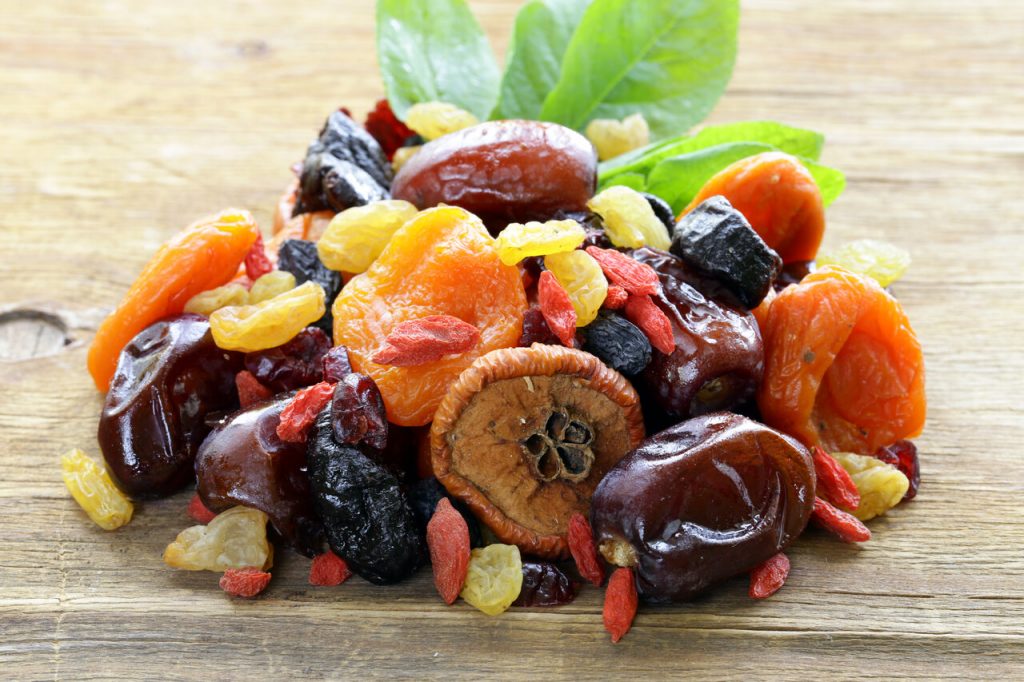
Figs are different from dates and prunes when it comes to appearance, texture, and taste. Compared to the yellow-amber color of dates and purple-black prunes, figs have a dark brown and reddish undertone when dried. It also has chewy flesh and small edible seeds which give its slightly crunchy texture.
Flavorwise, it has a perfect combination of sweet and earthy taste. It is definitely less sweet than dates, but its flavor profile is closest to prunes. Like dates and prunes, you can eat figs fresh or dried. If you’re looking for a sweet fig snack, try making these delectable fig newtons cookies!
- You can use prunes and dates interchangeably. Prunes and dates, like other varieties of dried fruits (raisins, figs, apricots) can be used as an alternative to each other. But know that prunes are more recommended to eat as a snack, while dates are more preferred to use in baking.
Prunes vs Dates: Which is Better?
Well, if you prefer a gooey and sweeter dried fruit, go for dates — it’s also the same reason why most bakers prefer this over other dried fruits. However, if you are looking for a low-calorie dried fruit with a subtle sweetness that can also help you with your constipation concerns, then prunes are what you are looking for. But if you like them both, then mix and match them and explore the different flavors they can offer!
